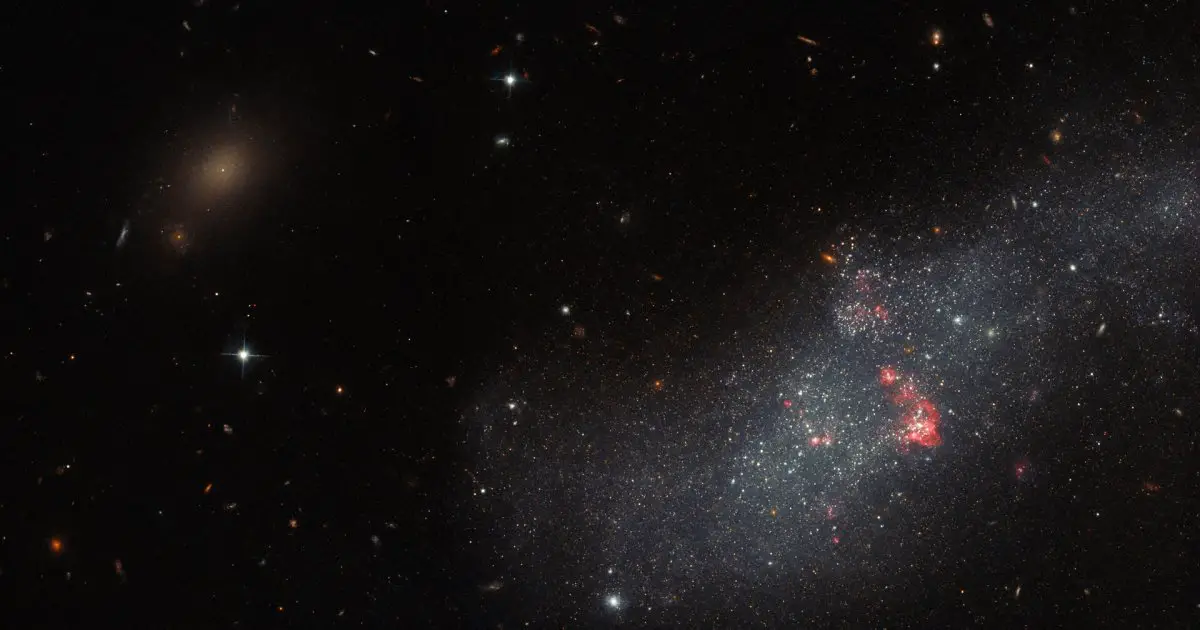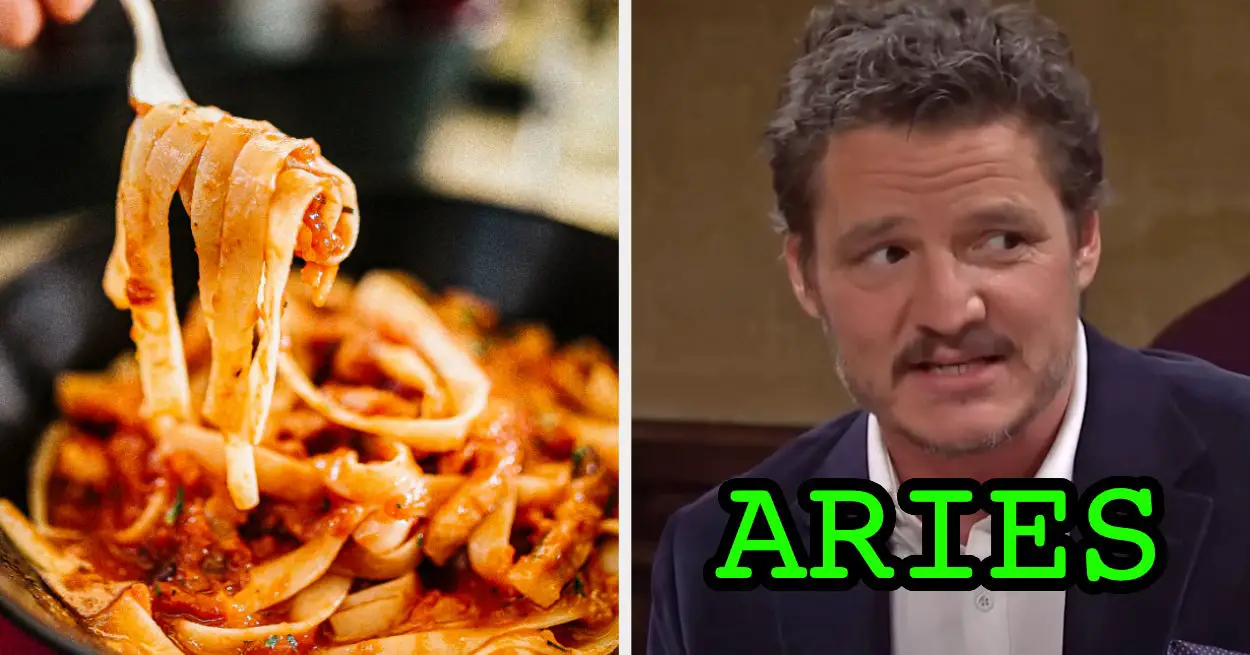This week’s image from the Hubble Space Telescope shows a galaxy in our backyard, cosmically speaking, taken as part of a project to image nearby galaxies. Galaxy UGCA 307 is located 26 million light-years away in the constellation of Corvus, or The Crow, a small constellation visible from the southern hemisphere which was documented as far back as 1,000 years BCE.
There is just a small cluster of stars within this galaxy, as it is a type called a dwarf galaxy. These are defined as galaxies with just a few billion stars, which sounds like a lot until you compare it to the hundreds of billions of stars that are found in our galaxy, the Milky Way.
UGCA 307 doesn’t have a lot of structure, again unlike our Milky Way with its central bar and clearly defined spiral arms. Instead, this galaxy is wispy and hazy with a spattering of stars.
Still, there are features visible in this galaxy, like the regions of bright glowing red where new stars are forming. When stars are young they give off ultraviolet radiation, which illuminates nearby gas and causes it to glow brightly.
The image was taken using Hubble’s Advanced Camera for Surveys (ACS) instrument, which looks in the same part of the electromagnetic spectrum that the human eye can perceive, called the visible light or optical range. It doesn’t see the ultraviolet radiation from the new stars, but it does see the effect that radiation has on the clouds of dust around star-forming regions.
“This image is part of a Hubble project to explore every known nearby galaxy, giving astronomers insights into our galactic neighborhood,” Hubble scientists explain.
“Before this set of observations, almost three-quarters of nearby galaxies had been investigated by Hubble in enough detail to spot the brightest stars and build up an understanding of the stars populating each galaxy. This Hubble project set out to explore the remaining quarter of nearby galaxies by taking advantage of short gaps in Hubble’s observing schedule.”
Editors’ Recommendations
Source link











Leave a Reply